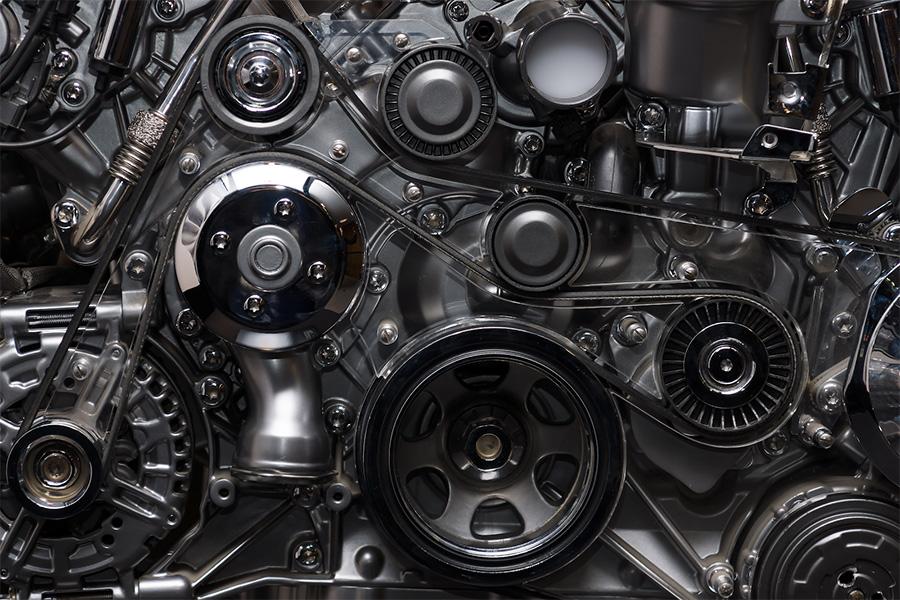
There’s a common trap we fall into as creatives; “The Big Reveal.” This is where we hold our ideas precious, and work furiously to tighten them up in the first round so they’ll blow our clients’ minds with all our super-shiny-highly-polished-and-precise-down-to-the-last-pixel-brilliance. How can they not green-light it right then and there?
If the brief said “build a car,” we build with faith and conviction that the more polished and finished we make it, the more our clients will understand the full magnificence of our creativity.
Right off the line, we power it with the mightiest and finest tuned motor, and maybe we should add a blower sticking out of the hood. (The brief did say we should communicate performance.) We appoint it with a sweet, soft leather interior, and premium race suspension and exhaust system. Then we finish it off with a matte black finish and our signature dice hanging from the mirror.
There — It’s done. How can they not buy all this genius?
How many times have we had to go back and reengineer all that polish? I’ve watched countless big reveals go sideways for countless reasons. We have to go back, break it down, reengineer, rebuild, and repaint, or worse, have to stick something on that fits the beauty of our original creative as much as a trailer or training wheels would.
What this approach leaves out is the ability to share the journey with our client—to build the car together. It’s an effort imbalanced to the goal, and one that tends to unravel when it crashes into new information or data, or whatever shift in the goal lies ahead. And yeah, that’s not really what the client had in mind by “performance.” It wastes time and kills spirit.
This is a case for building the car as we’re driving it. In our experience, sharing our vision earlier and more conceptually with our client helps get it rolling and allows us shape it and craft it together as we pick up speed. We can see where the potholes and obstacles lie, where the green lights and highspeed lanes are along the way, and we can engineer the capabilities and performance of the idea accordingly and with purpose.
This is a case for presenting the idea, the rationale behind it, and its potential, then letting the development of our concepts be real solutions to the added goals, challenges and obstacles that aren’t in the brief, but jump up like rocks in the road and mess up that beautiful matte black paint job.
It’s a case for pulling back on the big reveal, focusing our efforts on the power of the big idea, and following through with purposeful craft.